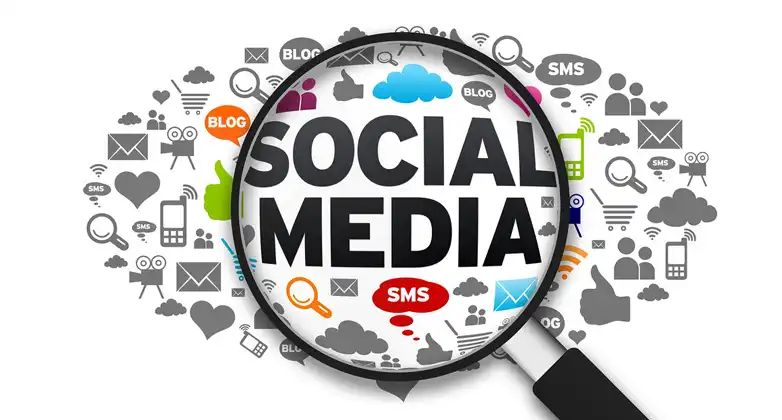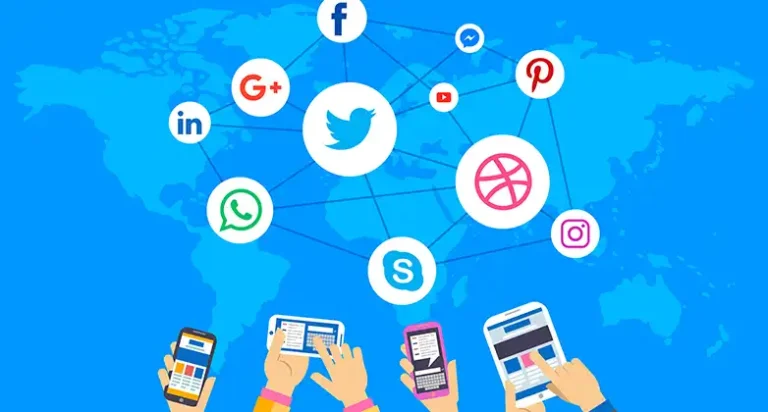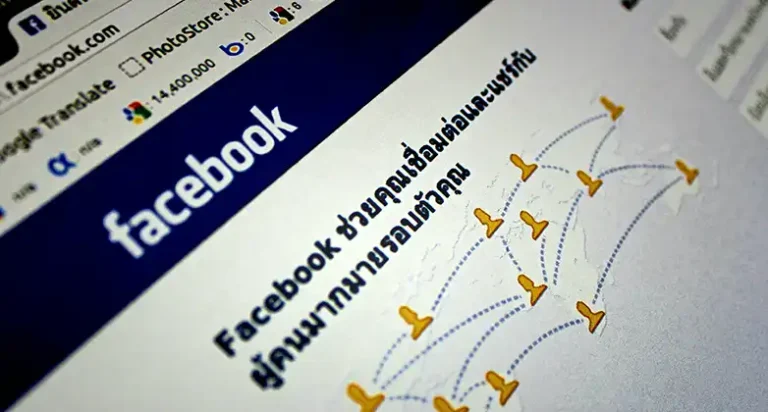Why is it Called Social Media? Media with a Purpose
The term “social media” refers to online platforms and apps that allow users to create and share content or participate in social networking. The “social” part of social media refers to the fact that these platforms facilitate social interaction between users. Here are some of the key reasons why I feel it’s called social media:

Facilitating Connections Between People
One of the main purposes of social media platforms is to allow people to connect with others online. Users can find and communicate with friends, family, acquaintances, colleagues, brands, celebrities, and even strangers with similar interests. The ability to connect and interact is a fundamental social element.
Fostering Online Communities
Social media allows users to form communities, groups, and networks based on shared interests, identities, or affiliations. These online communities allow people to share updates, news, content, and opinions related to the community’s focus. The communities encourage ongoing social exchange and interaction.
Enabling Sharing and Discussions
Social media platforms make it easy for users to share content like photos, videos, links, and thoughts. The sharing enables conversations and discussions among users about the content. The platforms are designed to facilitate these social interactions through features like commenting, liking, and messaging.
Providing Ways for People to Collaborate
Some social media sites provide tools that allow users to collaborate on projects and documents. Wikis, cloud-based editing platforms, and team messaging apps have social features that enable productive group work between colleagues, classmates, friends, or other users.
Social Discovery of Trends and Information
On social media, trends, and popular conversations emerge through the collective sharing and engagement of users. The social nature of these platforms means users can discover popular interests, news, memes, influencers, and information based on what’s trending and viral.
Enhancing Interpersonal Connections
While social media relationships may be more superficial than real-life ones, the platforms still allow people to maintain ties, get to know each other better, and deepen connections through ongoing social interaction. Social media provides a channel for keeping in touch, sharing life updates, and strengthening bonds.
What are some examples of major social media platforms?
Some of the top and most widely-used social media platforms include Facebook, Instagram, Twitter, Snapchat, TikTok, YouTube, Reddit, Pinterest, LinkedIn, and WhatsApp.
How is social media different from traditional media?
Traditional media, like newspapers, television, and radio, follows a broadcast model where a central entity distributes content to the public. Social media instead relies on users creating and sharing content in a more democratic, participatory fashion.
Can antisocial people use social media?
Yes, even people who may be shy or antisocial in real life can still participate in social media. They can observe discussions, selectively interact with smaller groups, and share content without pressure. Social media allows more control over one’s social interactions.
What are some risks or negatives of social media?
Excessive use, online harassment, privacy issues, spreading of misinformation, damaging mental health effects like anxiety and depression, cyberbullying, and increased narcissism or showing off are some potential negatives. Maintaining balance is key.


